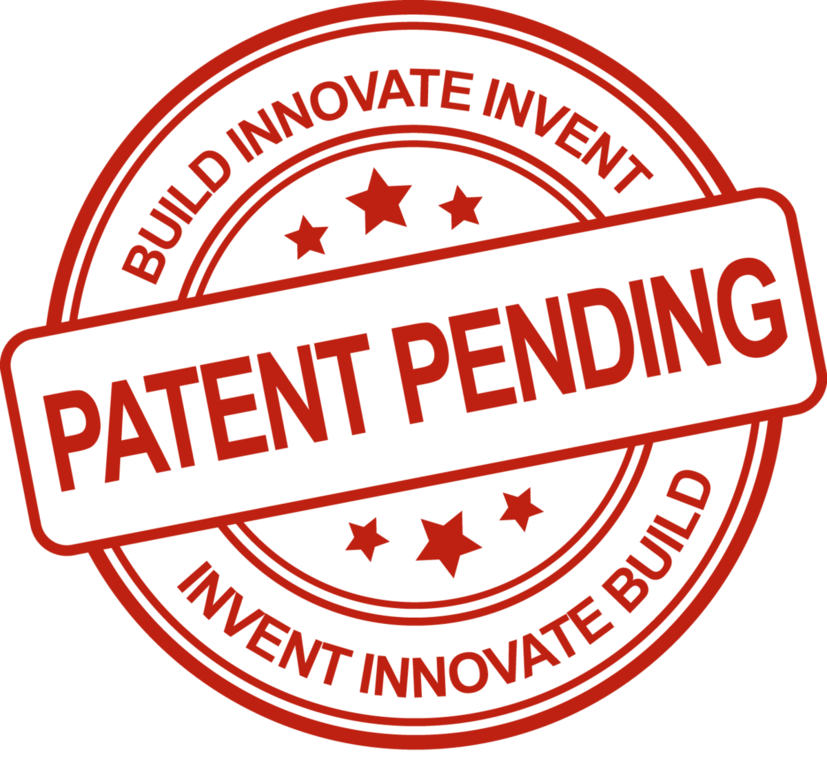 Patents, copyrights and trademarks are all forms of intellectual property. For the purpose of this piece, patents — particularly design patents and utility patents — will be the focus of the conversation. While all three types of IP are indeed essential for success, hardware-focused products rely heavily on patents. Often times, proper patent protection can mean the difference between success and failure for a hardware startup.
Patents, copyrights and trademarks are all forms of intellectual property. For the purpose of this piece, patents — particularly design patents and utility patents — will be the focus of the conversation. While all three types of IP are indeed essential for success, hardware-focused products rely heavily on patents. Often times, proper patent protection can mean the difference between success and failure for a hardware startup.
Patent Basics
A patent for an invention is the grant of a property right to the inventor, issued by the United States Patent and Trademark Office (USPTO). U.S. patent grants are effective only within the United States, U.S. territories, and U.S. possessions. There are three types of patents: utility, design and plant patents.
- Utility patents may be granted to anyone who invents or discovers any new and useful process, machine, article of manufacture, or composition of matter, or any new and useful improvement thereof;
- Design patents may be granted to anyone who invents a new, original, and ornamental design for an article of manufacture; and
- Plant patents may be granted to anyone who invents or discovers and asexually reproduces any distinct and new variety of plant.
Conducting a Patent Search
Once you have decided that you are interested in patenting your product, the next step is to conduct a patent search. A proper patent search will tell you if your invention, or its likeness, has been patented before or if your invention is indeed one-of-a-kind. There is nothing more time consuming, financially draining and demoralizing than filing for a patent, only to find that someone else already holds the patent to your invention.
The USPTO makes it possible to conduct a preliminary patent search on your own; however, it is highly recommended that you consult with a licensed patent search firm to assist with the bulk of the research. These firms have vast experience researching and are extremely knowledgeable in the classification systems.
Exploring Design Patents and Utility Patents
Design patents are often overlooked and underutilized compared to the more common utility patents. “Five percent of all patent applications (more than 30,000 per year) are design patents.” (Upcounsel) Design patents focus on the exterior design, features and overall aesthetics of the product. Utility patents focus on the functionality and features of your invention.
Design patents extend to what is exactly shown in the line drawings, nothing more. “Some products might need multiple design patents. Each would cover a specific physical feature of the proposed product. Cars, for instance, require many design patents.” (Upcounsel) Having high-quality professional line drawings by a CAD designer is extremely advantageous. With a design patent, you are able to use the coveted phrases, patent pending and patent issued on all marketing material, and have confidence that your invention is protected for the next fourteen years. Also. when it comes to cost, design patents are considerably cheaper to file than utility patents.
Utility patents focus solely on the inner workings of your invention, its unique functions and overall usefulness. “While a utility patent is harder to get, it offers better coverage. The utility patent has stronger protections built into the patent system.” (Upcounsel) An invention is deemed useful if it provides an identifiable benefit and is capable of use. People often refer to utility patents as “patents for invention”. According to the United States Patent and Trademark Office, ninety-percent of the patent documents issued by the USPTO in recent years have been utility patents. With a utility patent your invention will be protected for the next twenty years.
A design patent coupled with a utility patent provides overlapping protection for both the inner workings and exterior design of your product, and is a powerful tool in your IP arsenal.
______
3D Innovations is a Product Development Company – from the 3D Design to a fully functional 3D Prototype & Product.
Subscribe to the 3D Innovations newsletter on our Facebook page!
Connect with us on Twitter, Facebook & LinkedIn today.

